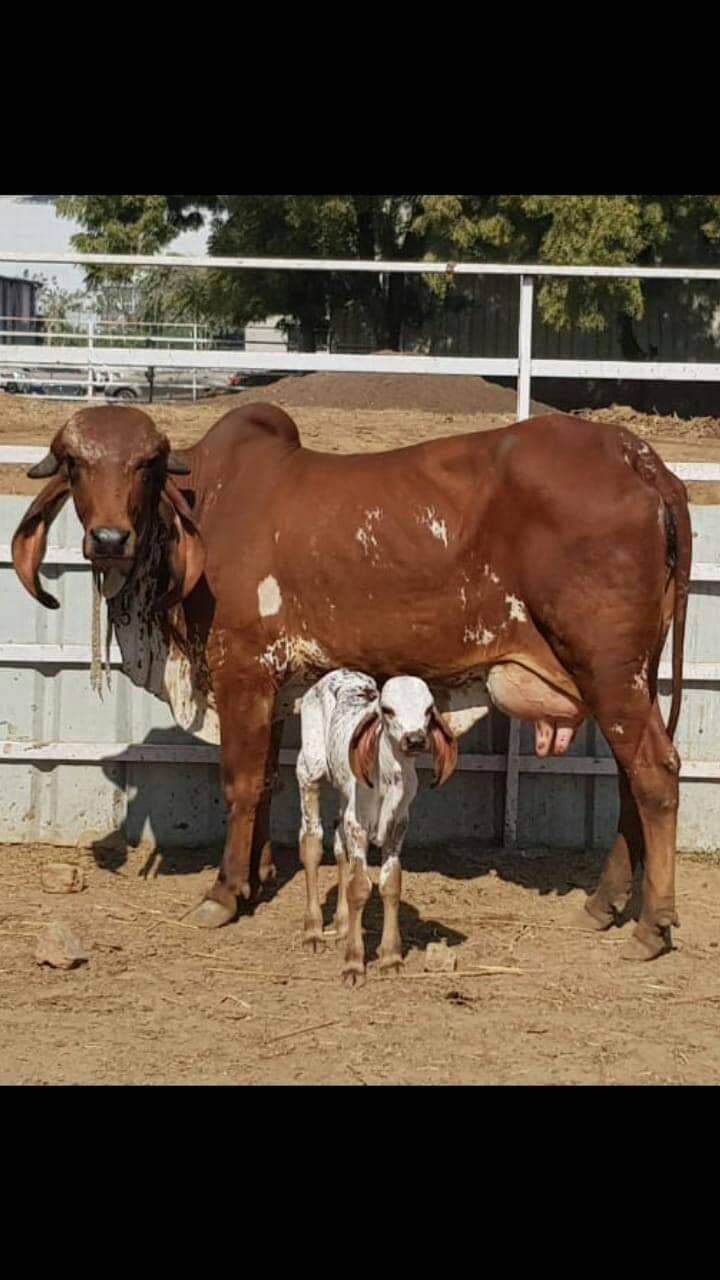Good Dairy Farming Practices Guide:
**************************************
(by DrParvinder Kaur Lubana)
Dairy farmers’ production systems worldwide need to be able to combine profitability with the responsibility of protecting human health, animal health, animal welfare and the environment.
Dairy farmers, as the primary producers in the supply chain, should also be given the opportunity to add value to their product by adopting methods of production that satisfy the demands of processors and customers
The Guide to good dairy farming practice has been written in a practical format for dairy farmers engaged in the production of milk from any dairy species.
When adopted, it will support the production and marketing of safe, quality-assured milk and dairy products.
The Guide focuses on the relationship between consumer safety and economic, social and environmental management at the farm level.
The Guide contains many individual practices that contribute to good dairy farming practice, covering the key aspects of animal health, milk hygiene, nutrition, welfare, the environment and socio-economic management.
These practices have been drawn from best practice guidelines and existing assurance schemes around the world, and so individual practices will vary in their applicability to various dairying regions.
They are not intended to be legally binding and readers are encouraged to select and implement those guidelines that are of relevance to their situation.
As such, this Guide aims to provide a genuine framework for dairy farm assurance schemes to be developed globally, giving individual countries and dairy farmers the opportunity to develop schemes that are specific to their needs.
Mission Statement
To elaborate a practical, farm orientated, globally achievable Guide to good dairy farming practices for dairy farmers, covering key aspects of dairy farm management including: animal health,
milk hygiene,
animal nutrition,
animal welfare,
the environment and
socioeconomic management.
The objective is to provide a farmer-orientated guide to practices that are achievable in the diverse range of dairy farming systems used around the world.
The approach taken in this guide is to:
• highlight relevant aspects that need to be proactively managed on dairy farms;
• identify the desired outcomes in dealing with each of these areas;
• specify good practice that addresses the critical hazards; and
• provide examples of control measures that should be implemented to achieve the objectives.
Objective and scope
The guiding objective for good dairy farming practice is that safe, quality milk should be produced from healthy animals using management practices that are sustainable from an animal welfare, social, economic and environmental perspective.
To achieve this objective, dairy farmers should apply good practice in the following areas:
• animal health;
• milking hygiene;
• nutrition (feed and water);
• animal welfare;
• environment; and
• socio-economic management.
For each of these categories this Guide lists good dairy farming practices, and suggests measures that can be implemented to achieve the desired outcome.
1. ANIMAL HEALTH
Animals that produce milk need to be healthy and an effective health care programme should be in place.
2. MILKING HYGIENE
Milk should be harvested and stored under hygienic conditions.
Equipment used to harvest and store milk should be suitable and well maintained.
3. NUTRITION (FEED AND WATER)
Animals need to be fed and watered with products of suitable quality and safety.
4. ANIMAL WELFARE
Animals should be kept according to the following ‘five freedoms’:
• Freedom from thirst, hunger and malnutrition
• Freedom from discomfort
• Freedom from pain, injury and disease
• Freedom from fear
• Freedom to engage in relatively normal patterns of animal behavior
5. ENVIRONMENT
Milk production should be managed in balance with the local environment surrounding the farm.
6. SOCIO-ECONOMIC MANAGEMENT
Dairy farming provides economic and social benefits to farmers and their wider communities.
Good dairy farming practice can also help to manage the social and economic risks to the enterprise.



